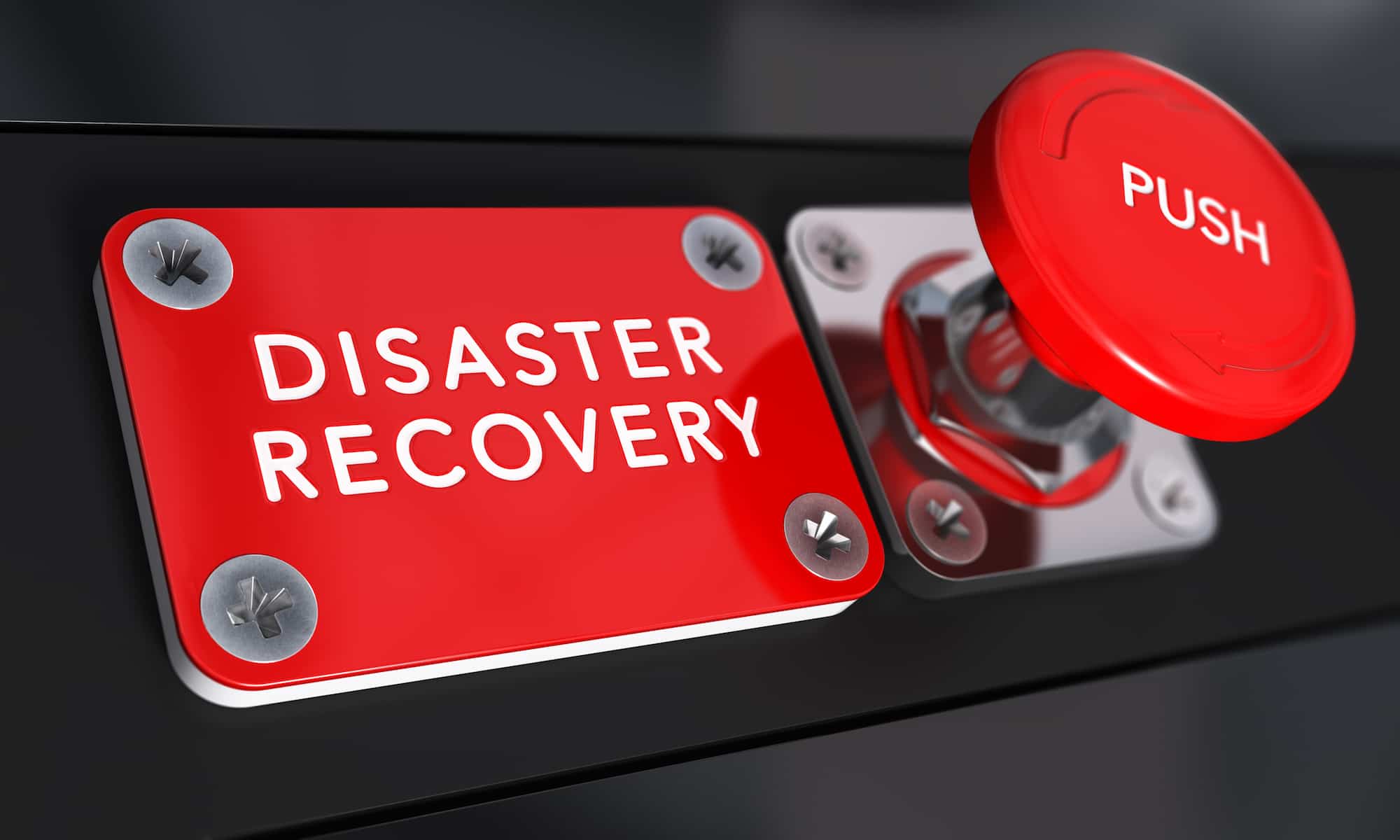In an increasingly digitalized and risk-exposed business environment, Business Continuity and Disaster Recovery (BCDR) have become essential strategies for organizations’ resilience. From natural disasters to cyber attacks, these practices allow companies to maintain their operations and protect their data and reputation in the face of unforeseen events.
Why is BCDR important?
Business Continuity and Disaster Recovery enable companies to minimize the impact of interruptions, recover quickly, and reduce the chances of future emergencies. A study by the Uptime Institute revealed that 55% of organizations experienced outages in the last three years, although this number has decreased from 78% in 2020, largely due to the implementation of BCDR practices. However, challenges persist, and the need for a robust strategy to ensure operability and security is greater than ever.
Essential components of BCDR
BCDR combines Business Continuity (BC) and Disaster Recovery (DR) planning, addressing both prevention and incident response:
- Business Continuity (BC): Focuses on maintaining critical functions of the organization during and after a disaster. It is a proactive strategy that encompasses risk management and long-term operational continuity, ensuring that essential services are maintained.
- Disaster Recovery (DR): A more reactive approach that focuses on restoring operations after an incident. It includes the technological infrastructure to recover critical data and systems, with response times that can vary depending on the severity of the event.
While these strategies are distinct, they work together to ensure that the company can continue to operate and maintain the trust of its customers and employees.
Difference between organizational resilience and business continuity
While Business Continuity focuses on maintaining essential functions, organizational resilience goes beyond, seeking the organization’s ability to adapt to sudden and unexpected changes. ISO 22316:2017 defines organizational resilience as a company’s ability to absorb and adapt to a changing environment, enabling it to achieve its goals and thrive.
Common BCDR scenarios
Developing a BCDR strategy involves anticipating a series of disruptive events that may affect the organization. Some of these scenarios include:
- Public health crises: The COVID-19 pandemic demonstrated the importance of preparing BCDR plans for health emergencies, adapting operations through remote work and social distancing measures.
- Power outages: From natural disasters to equipment failures, power outages can disrupt operations. Power generators and uninterruptible power sources are essential in planning.
- Cyber attacks: Ransomware attacks and other cyber threats can block access to critical data, requiring the activation of the recovery plan to restore operations.
- Natural disasters: Phenomena like hurricanes, floods, or wildfires force companies to evaluate their geographical vulnerabilities and create contingency strategies.
- Supply chain disruptions: Events like pandemics or geopolitical issues can affect the supply of essential resources, so BCDR plans must include alternatives.
- Physical security threats: Episodes of violence or disturbances also require integration of physical and cyber security measures.
Developing a BCDR plan
An effective BCDR plan consists of two main parts: the Business Continuity Plan (BCP) and the Disaster Recovery Plan (DRP).
- Business Continuity Plan (BCP): Should include emergency contacts, change management procedures, usage guides, and a review schedule. Its goal is to ensure that the company can continue to operate during a crisis.
- Disaster Recovery Plan (DRP): Includes the steps to follow in an emergency, key contacts, and authentication tools. The recovery policy statement and geographic risk analysis are also essential parts of this plan.
Both plans should be reviewed and tested regularly, and it is crucial to update the plan for any significant changes in the organization, such as acquisitions or new technological systems.
Keeping the BCDR plan updated: Keys to success
The rapid technological evolution requires organizations to keep their BCDR plan up to date. Change management plays a crucial role in this process, monitoring modifications in the infrastructure and ensuring that the plan meets current needs.
Implementing a BCDR checklist and staying informed about emerging threat landscapes helps identify possible gaps in preparedness. Likewise, regular plan testing is essential to identify areas for improvement and ensure that the organization is ready to face any adverse situation.
Future trends in BCDR
As risks evolve, BCDR strategies also adapt to new challenges. Some important trends include:
- Incorporation of environmental risks: Extreme weather events are leading organizations to integrate environmental considerations into their continuity and recovery plans.
- Convergence of cybersecurity and BCDR: The merging of cybersecurity and business continuity into a cohesive approach allows for better data protection and incident response.
- Use of Artificial Intelligence: AI plays an increasingly important role in risk management and improving recovery processes, offering real-time threat analysis and data classification.
- Sustainability and BCDR: Corporate sustainability initiatives, such as efficient energy use, are aligning with BCDR practices, contributing to responsible and resilient resource management.
In conclusion, developing and implementing a robust BCDR strategy allows organizations to effectively respond to interruptions and protect their operational continuity. This approach not only safeguards the company’s assets and reputation but also fosters a culture of resilience and security in an increasingly unpredictable environment.
Source: Hystax

